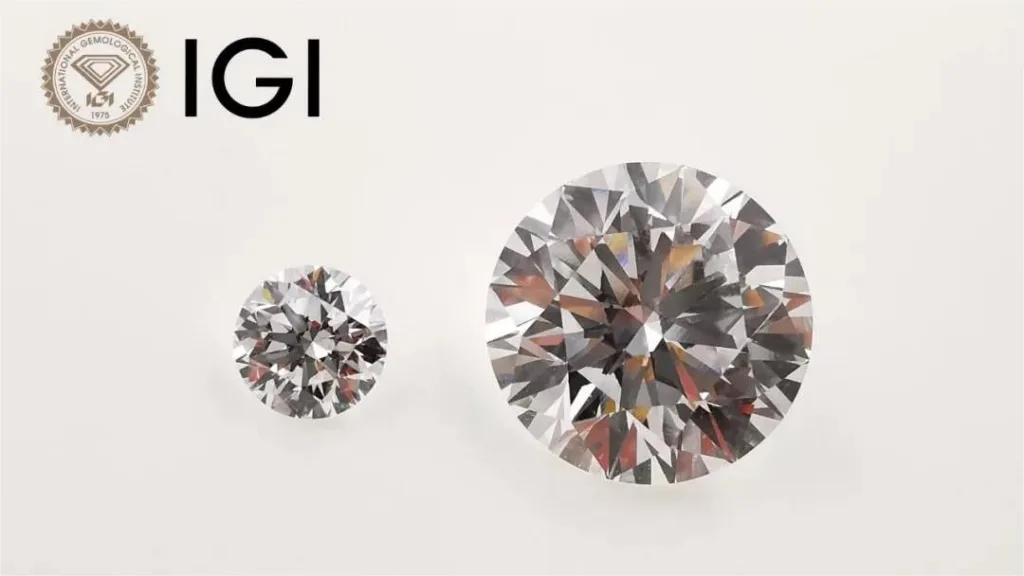Lab-grown diamonds, also known as synthetic or cultured diamonds, have gained significant attention and value in recent years for several compelling reasons. These diamonds are created through advanced technological processes that replicate the conditions under which natural diamonds form within the Earth’s mantle. Here, we will delve into the key factors that contribute to the increasing value of lab-grown diamonds.
Ethical and Environmental Considerations:
One of the primary reasons for the increasing value of lab-grown diamonds is their ethical and environmental appeal. Unlike traditional diamond mining, which has often been associated with human rights abuses and environmental degradation, lab-grown diamonds are produced in controlled laboratory settings. This eliminates concerns related to unethical labor practices and minimizes the negative ecological impact of mining operations.
Purity and Quality Control:
Lab-grown diamonds offer superior quality control compared to natural diamonds. In a controlled environment, scientists can precisely control the growth process, resulting in diamonds with fewer impurities and defects. This translates into diamonds that are not only visually stunning but also often exhibit better clarity and color.
Customization and Innovation:
Another factor that adds value to lab-grown diamonds is the ability to customize them. Manufacturers can produce diamonds of specific sizes, shapes, and qualities to meet the demands of consumers. This level of customization allows for more creative and innovative jewelry designs that cater to individual preferences.
Price Accessibility:
Lab-grown diamonds are generally more affordable than their natural counterparts. This affordability opens up the market to a broader range of consumers who may have previously been unable to afford traditional diamonds. As a result, lab-grown diamonds are becoming increasingly popular for engagement rings and other jewelry.
Transparency and Traceability:
The lab-grown diamond industry has embraced transparency and traceability as a means to establish trust with consumers. Many companies provide detailed information about the origin and characteristics of their diamonds, offering consumers peace of mind about the ethical and environmental aspects of their purchase.
Advancements in Technology:
Continued advancements in diamond-growing technology have led to an increase in the size and quality of lab-grown diamonds. This progress has expanded the range of applications for these diamonds beyond jewelry, including in scientific research, industrial tools, and high-tech applications like laser technology.
Reduced Geopolitical Risks:
The traditional diamond industry has been associated with geopolitical risks in diamond-producing countries. Lab-grown diamonds reduce these risks by eliminating the reliance on mining in politically unstable regions. This stability adds to the perceived value of lab-grown diamonds.
Market Acceptance:
Over the years, lab-grown diamonds have gained wider acceptance in the market. Major jewelry retailers and brands now offer lab-grown diamond options alongside natural diamonds. This endorsement from established players in the industry has contributed to the growing value of lab-grown diamonds.
Long-Term Investment Potential:
Some experts believe that lab-grown diamonds have long-term investment potential. As technology continues to improve and market demand grows, the value of lab-grown diamonds may appreciate over time, making them an attractive investment opportunity.
Cultural Shifts and Consumer Preferences:
Changing cultural attitudes toward luxury, sustainability, and ethical consumption have led to an increased preference for lab-grown diamonds among certain consumer segments. As these trends continue to evolve, lab-grown diamonds are likely to retain and potentially increase their value.
In conclusion, lab-grown diamonds are valuable for a multitude of reasons, including their ethical and environmental benefits, quality control, customization options, affordability, transparency, and technological advancements. These factors, combined with shifting consumer preferences and market acceptance, have contributed to the growing value and popularity of lab-grown diamonds in the jewelry and industrial sectors. As technology continues to advance and ethical considerations remain at the forefront of consumer choices, lab-grown diamonds are poised to maintain their status as a valuable and sustainable alternative to natural diamonds.




